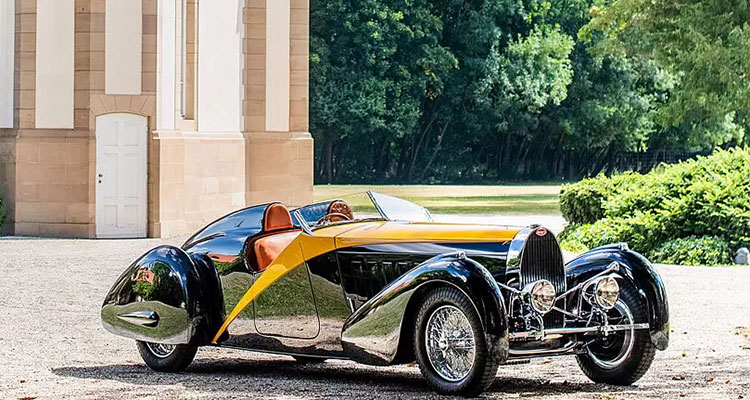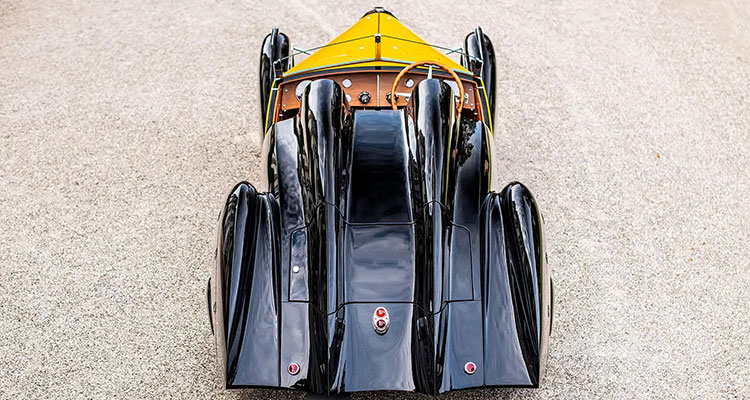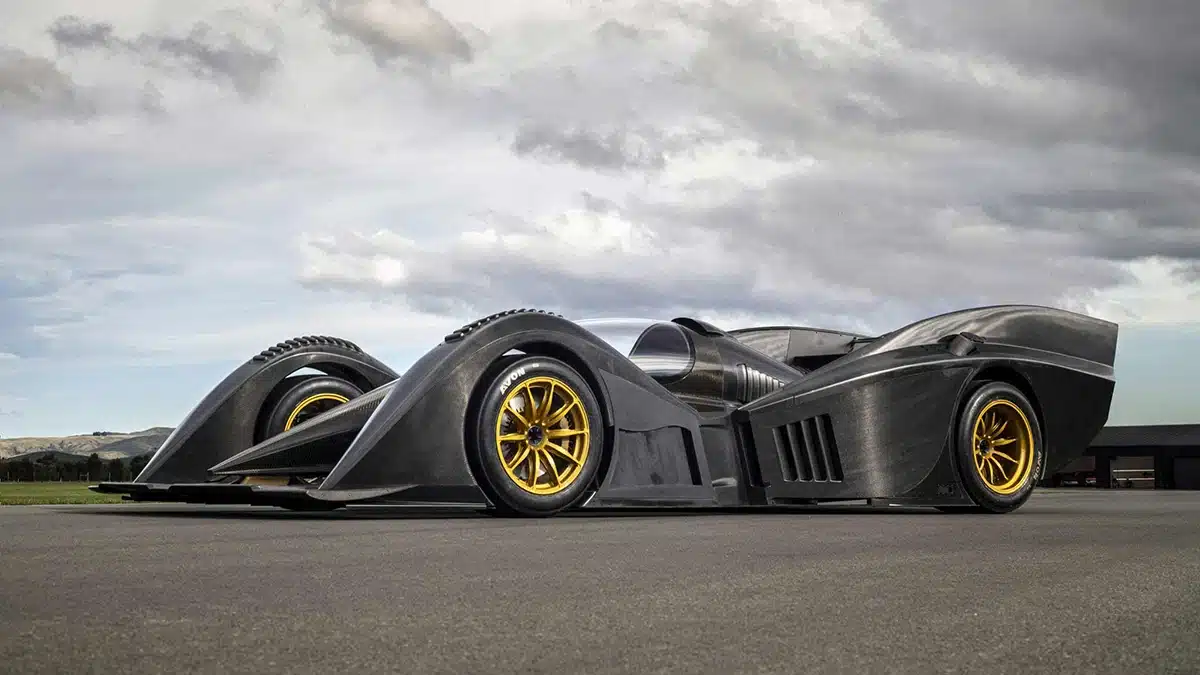While Bugatti is like all other automobile manufacturers and looking in a forward direction and embracing an electric future, it’s worth taking a look at such manufacturers past inspirational successes on occasions.
Bugatti will soon be putting the W16 engine out to pasture with the Mistral to be the last car to have one under the bonnet. The W16 Mistral features roof mounted air intakes in a nod to the 1934 Bugatti Grand Raid Roadster – and that is the vehicle we are looking at today.
As rare cars go, the Bugatti Type 57 Roadster Grand Raid Usine is as rare as they come, consisting of a single unit. The beautiful sports car was revealed in typically timeless fashion at the Salon de l’Automobile in October 1934 in Paris. Raid in this instance refers to a long-distance rally, and the Grand Raid configuration of the Type 57 was designed specifically for that purpose.

It is thought that the Grand Raid was designed by Jean Bugatti, who was the son of Ettore, but there is some mystery surrounding its origins, with Usine being a name not used by Bugatti anywhere else and so not offering an easily traceable history or lineage.
While the striking black and yellow colourway is often used as a warning to stay away in nature, the colours here are used simply because Ettore Bugatti, the company’s founder, liked the colour combination. And in a period where colours are often muted pastels, the contrasting twin colours have the strange effect of easing the Bugatti Grand Raid into our modern world. The yellow bonnet sweeps down across the doors in an art deco style, while gleaming chrome highlights glisten amongst the black. It’s not just the shape of a car’s body that makes it special, it’s often the way the colour scheme draws attention to it. Note too that the split windscreen arches down in a V-shape complimenting the yellow on the doors as the colour dives downwards. Power comes from a 3.2-litre engine offering up 135hp allowing the Grand Raid to reach 95mph. Inside the open-plan cockpit, luxurious walnut coloured leather covers the seats.

The one-off body shell itself is made from lightweight aluminium, which goes part way to making sure this classic sports car looks as good today as it did in 1934 – and one can only guess at the reaction when it was revealed at the Salon de l’Automobile in an age where new sportscars were not ten a penny.
As beautiful as the Bugatti Grand Raid is, it was designed to race, and it didn’t disappoint in this aspect either. In April 1935 the one-off Type 57 Roadster was guided to victory by Robert Benoist winning the Chavigny Hill Climb, following the sports car’s inaugural event, the Paris-Nice Rally shortly after being unveiled.

As with all such cars, their period of use eventually comes to an end, and it was the same for the Grand Raid which was sold in 1946. While it was then modified and updated, time would elevate the Grand Raid Usine’s level of prestige once more, and the car then went through a full and careful restoration, bringing it back to its original specification.
The Bugatti Type 57 Grand Raid Usine now sits forever protected in the famous Louwman Museum in The Hague. The museum houses some of the high points in 150 years plus of automotive technology, speed and landmark history. Fittingly, the Louwman was founded in 1934 – the very year the Bugatti Grand Raid Usine was revealed to the public for the first time.
Images: bugatti.com
For more articles like this, receive our weekly e-newsletter, including partner deals and all things motoring, register your email below.
Please note: You cannot subscribe to Smart-Motoring unless you put a tick in the checkbox below to indicate have read and agreed to our privacy policy.


